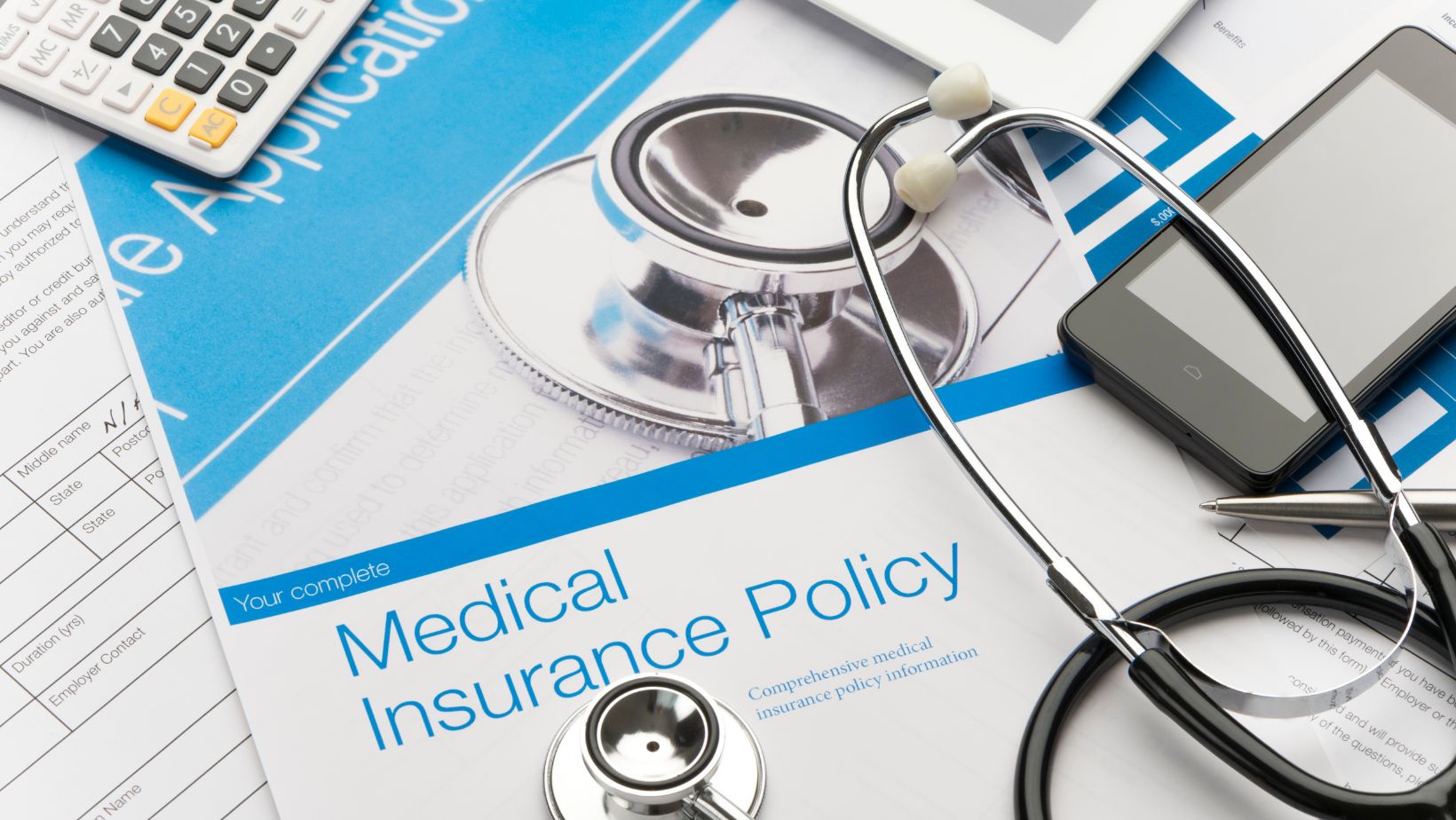Are you feeling overwhelmed by rising health insurance costs? Many people worry about finding a plan that seamlessly fits their budgets while offering the coverage they need. Whether you’re self-employed, working for a company, or between jobs, finding ways to cut costs without losing essential coverage is key. The good news is that there are plenty of innovative ways to lower your health insurance expenses.
In this article, we’ll explore practical tips to help reduce your health insurance costs while keeping the coverage you need. Read on for the details!
Compare Different Plans
Many people stick with the same insurance provider for years, assuming they’re getting the best deal. However, health insurance plans change, and better options may be available. Before renewing your plan, take time to compare health insurance options. Look at health insurance premiums, deductibles, and out-of-pocket costs to see what works best for your needs.
If you rarely visit the doctor, a high-deductible health plan (HDHP) could be a cost-effective choice. These plans usually have lower monthly premiums, making them ideal if you don’t expect frequent medical expenses.
However, if you have ongoing health concerns, a plan with a higher monthly premium but lower out-of-pocket costs may save you more in the long run. When deciding, always weigh the full cost of a plan, not just the premium.
Use Health Savings Accounts
Health Savings Accounts (HSAs) or Flexible Spending Accounts (FSAs) can help you save money on medical expenses by using pre-tax dollars. HSAs are available to those with high-deductible health plans, allowing you to contribute tax-free money to pay for eligible expenses. The best part? HSA funds roll over each year, so you don’t lose what you don’t spend.
FSAs work similarly but are available through employers. Unlike HSAs, FSA funds usually expire at the end of the year, so it’s essential to plan your spending wisely. Using one of these accounts for medical expenses can significantly reduce your overall healthcare costs.
Take Advantage of Employer-Sponsored Plans
If your employer provides health insurance, start there. Employer-sponsored health coverage is often the most affordable option. Employers typically cover a chunk of your monthly premium, which slashes what you pay out-of-pocket. These plans also frequently offer comprehensive coverage—think lower copays or broader networks—than you’d find shopping on your own.
If you have options, dig into the details. Some employers offer plans paired with HSA, which allow you to save money tax-free for medical expenses. If you’re unsure about your best option, talk to your Human Resources (HR) department or a benefits specialist.
Stay In-Network for Medical Services
Sticking to in-network providers keeps your healthcare costs predictable. Out-of-network care often costs way more, and you could end up with surprise bills your insurance won’t fully cover. So, before booking a checkup, always double-check if your doctor, specialist, or hospital is part of your insurance network.
Most health insurance companies have online directories to help you find in-network providers. If you need to see a specialist, ask your primary care physician for recommendations within your network. Avoiding out-of-network charges is one of the simplest ways to decrease healthcare costs.
Opt for Preventive Care to Avoid Costly Treatments
Taking care of your health now can save you from expensive treatments later. Many insurance plans cover preventive services like checkups, vaccinations, and screenings at no extra cost. These benefits help catch health issues early, making treatment more manageable and less expensive.

For instance, regular screenings for high blood pressure or diabetes can prevent more serious conditions that require costly medications and hospital visits. Staying on top of your health with preventive care is one of the most innovative ways to cut long-term healthcare expenses.
Consider Generic Medications Over Brand-Name Drugs
Prescription medications can add up quickly, but there’s often a cheaper alternative. These medications work the same way as brand-name versions because they use identical active ingredients but are far more affordable.
Before filling a prescription, ask your doctor or pharmacist if a generic version is available. Some insurance plans even offer discounts for choosing generics. If a generic isn’t an option, check if your plan covers a lower-cost alternative.
You can also save by using prescription discount programs or comparing prices at different pharmacies. Some retailers and online services offer considerable savings, so it pays to shop around.
Negotiate Medical Bills and Ask About Payment Plans
Many people don’t realize that medical bills are often negotiable. If you receive a large bill, don’t assume you have to pay the full amount immediately. Contact the provider and ask if they offer discounts for cash payments or if they can lower the bill based on financial need.
Hospitals and clinics may also offer payment plans that allow you to spread the cost over several months. Some nonprofit hospitals even provide financial assistance programs for qualifying patients. Always review your medical bills carefully to ensure there are no errors or unnecessary changes.
Explore Government-Assisted Programs
If you struggle to afford health insurance, you may qualify for government assistance. Programs like Medicaid and the Children’s Health Insurance Program (CHIP) provide coverage for low-income individuals and families. Eligibility varies by state, so check if you meet the requirements.
For those who don’t qualify for Medicaid, subsidies through the Affordable Care Act (ACA) marketplace can help lower monthly premiums. This is especially helpful if you’re self-employed or don’t have coverage through an employer.
Conclusion
Health insurance costs can feel overwhelming, but there are many ways to save. With the discussed strategies, you can reduce your healthcare expenses while maintaining quality coverage.

Remember, even small changes can add up to substantial savings over time. Review your options regularly, ask questions, and use the tools available. Even one or two changes from this list could put hundreds back in your pocket each year!
